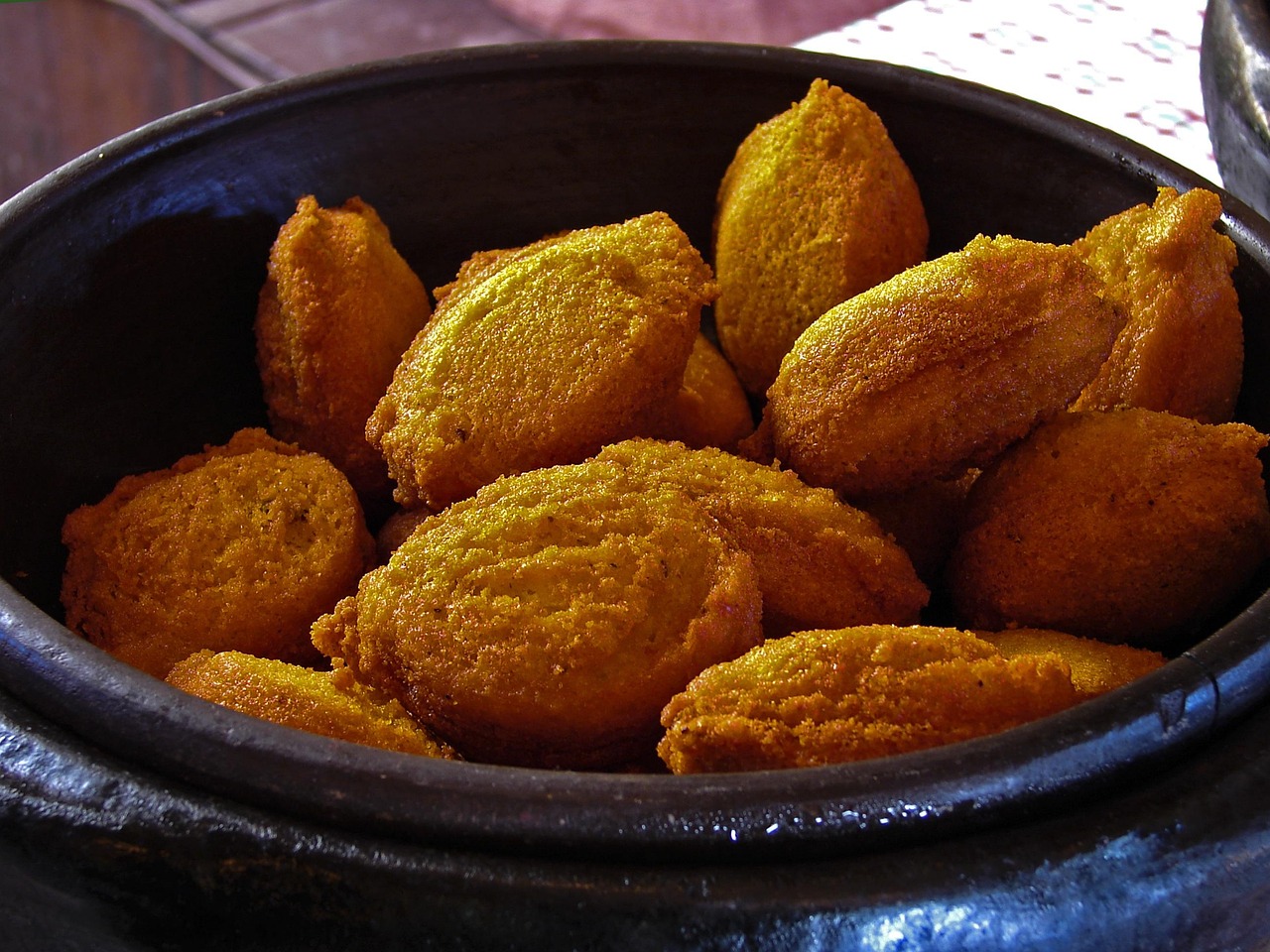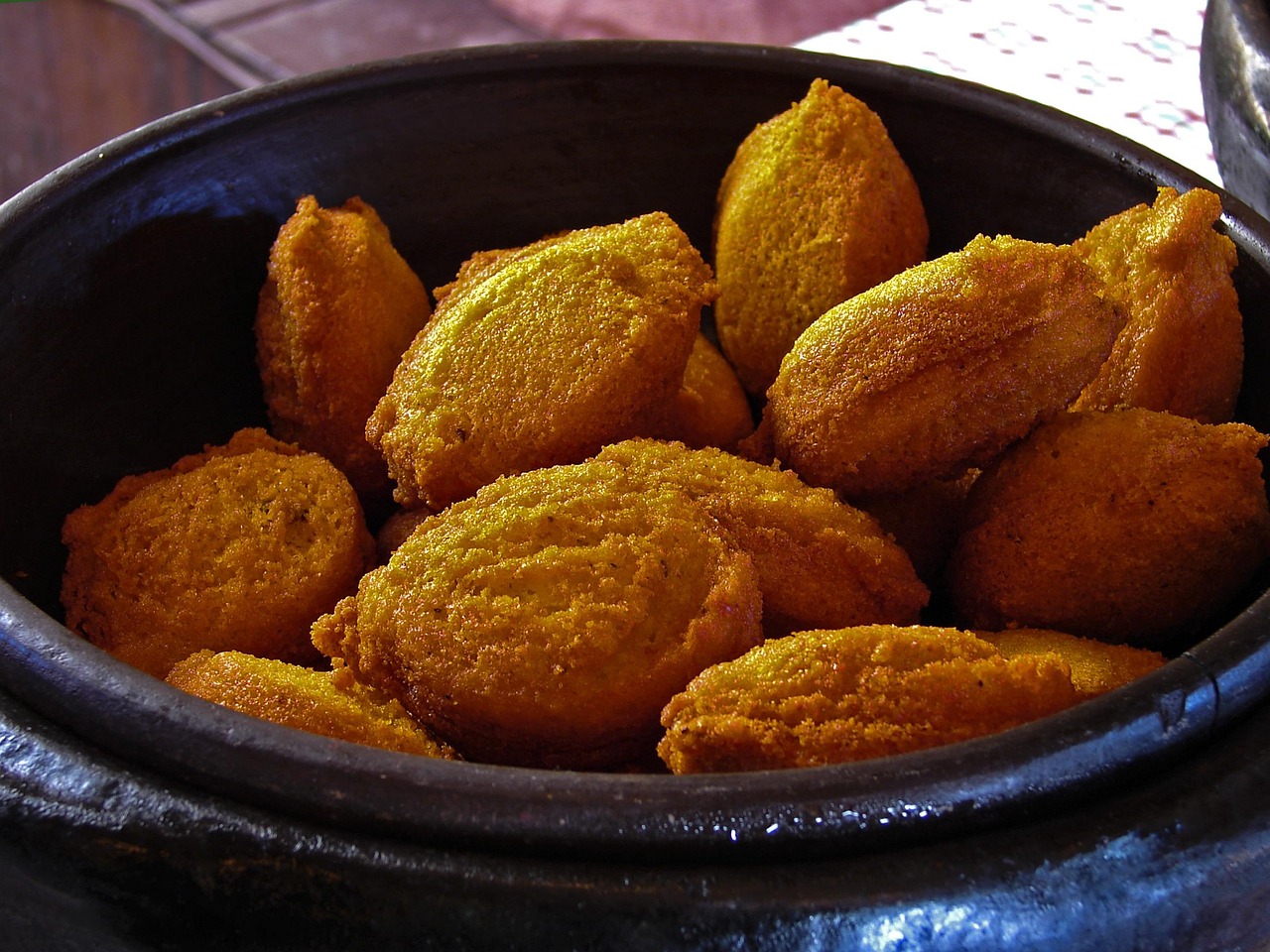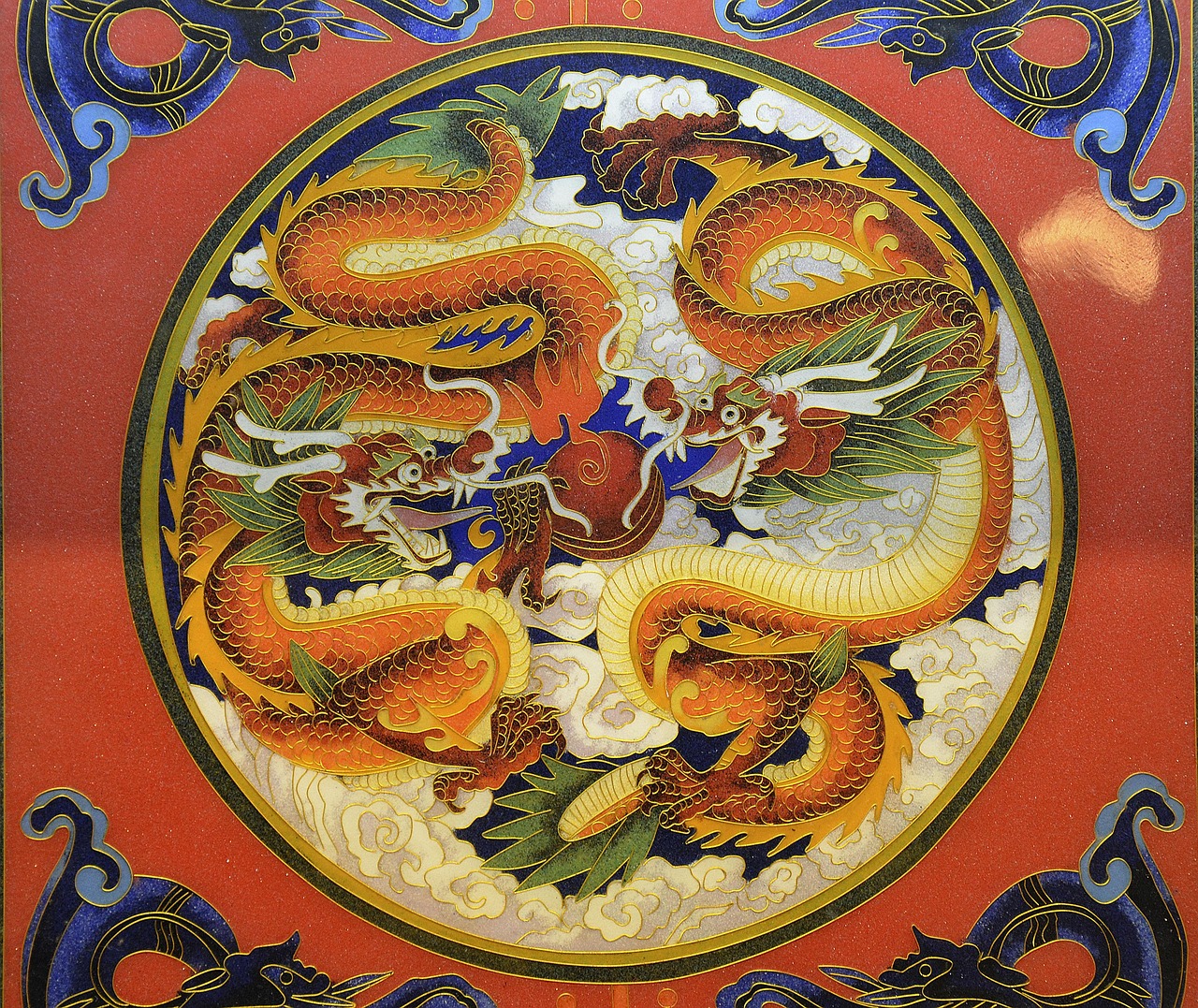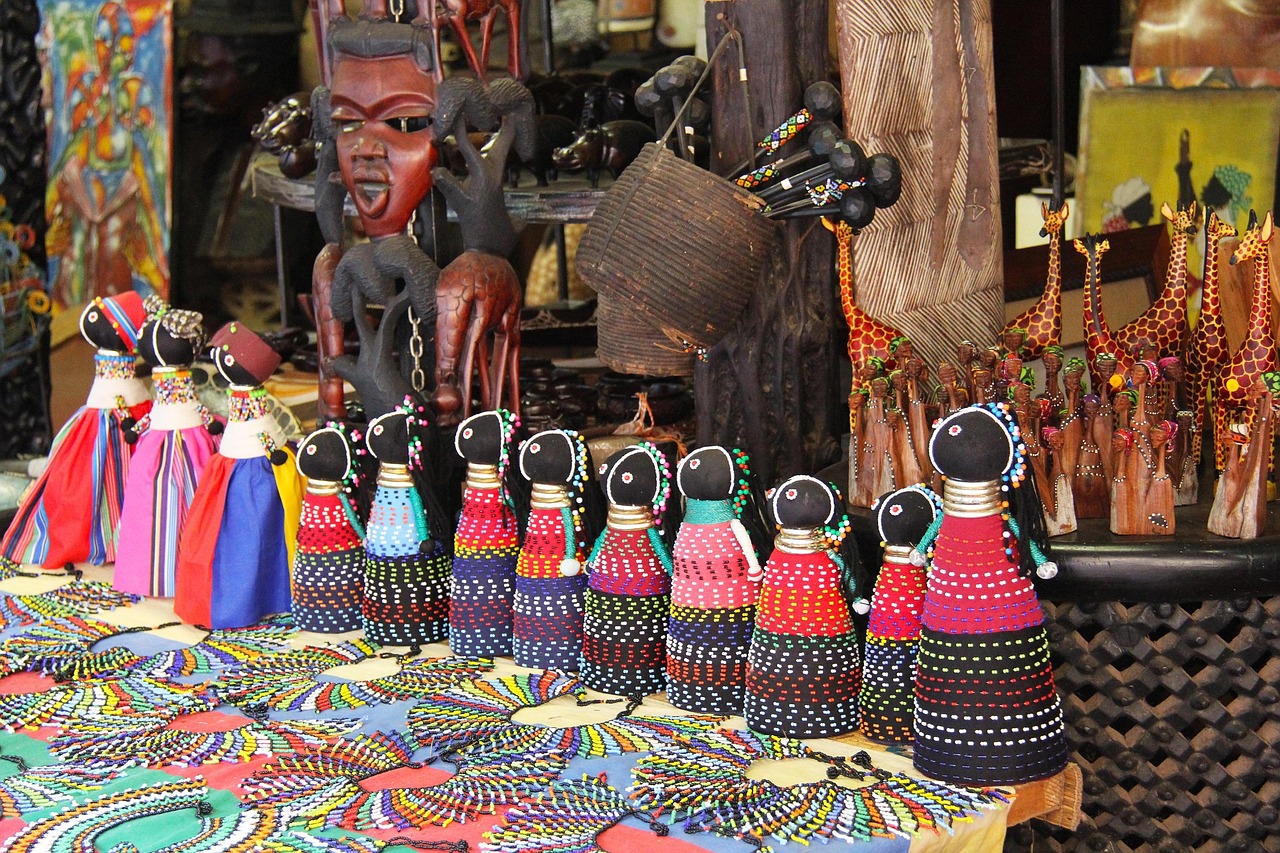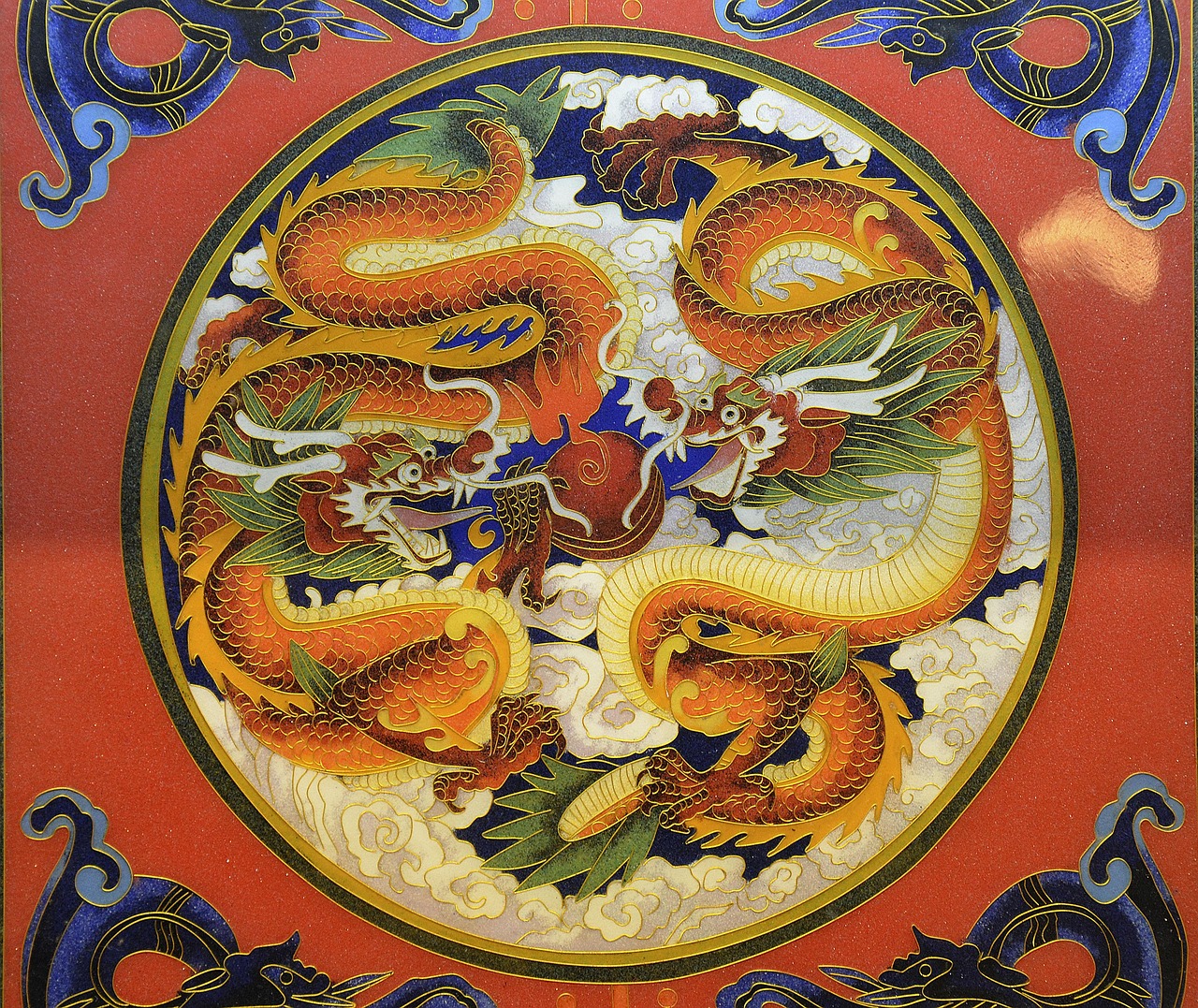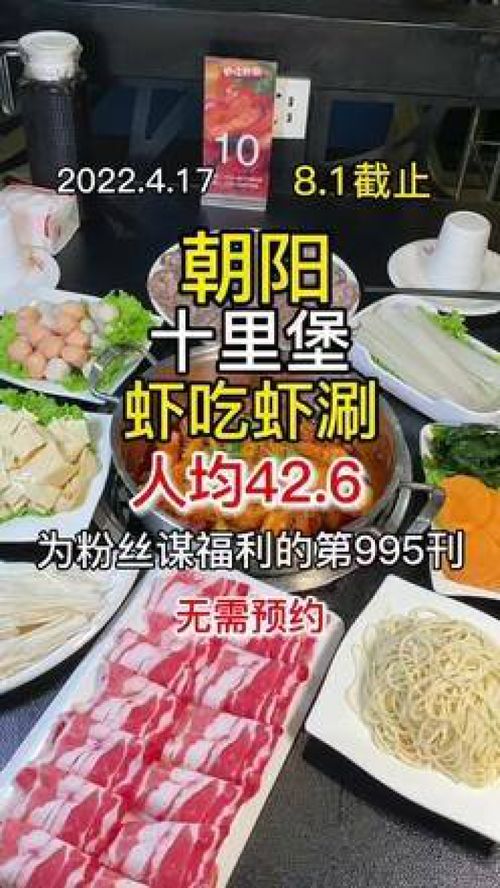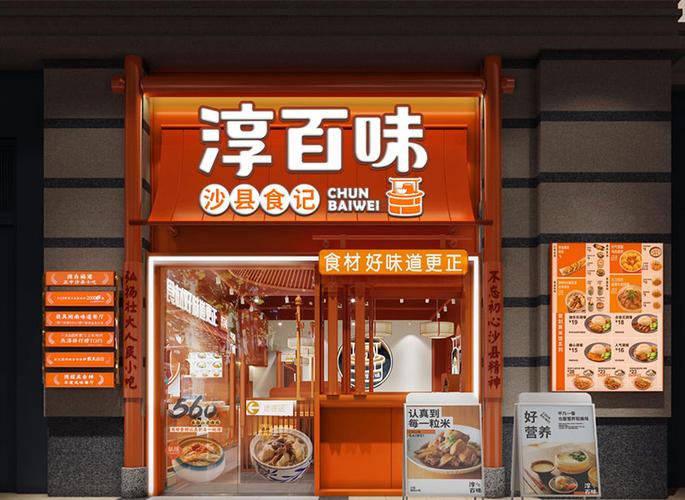Introduction:
China, a land of diverse cultures and rich history, is also a culinary paradise. From the bustling streets of Beijing to the serene landscapes of Sichuan, every region has its own unique flavors and dishes that have been passed down through generations. In this article, we will take you on a virtual tour of Chinese cuisine, introducing you to some of the most iconic dishes and ingredients through English sentences that capture the essence of this gastronomic adventure.
The Art of Chinese Cooking:
Chinese cuisine is not just about the food; it's an art form that has been perfected over thousands of years. The techniques used in Chinese cooking are as diverse as the dishes themselves, ranging from stir-frying to slow braising, each designed to bring out the best flavors in the ingredients. "Wok hei," or the breath of the wok, is a term used to describe the smoky flavor that is achieved by high heat and quick cooking, which is a hallmark of Chinese stir-fry dishes.
Rice: The Staple of Chinese Cuisine:
Rice is the cornerstone of Chinese cuisine, serving as a base for many meals. "Bowl after bowl of steamed jasmine rice is a common sight at Chinese dining tables," reflecting the importance of this grain in daily life. From the fragrant jasmine rice to the hearty glutinous rice used in desserts and snacks, rice is a versatile staple that accompanies a variety of dishes.
The Dim Sum Experience:

Dim sum, a traditional Chinese meal consisting of small, bite-sized portions of food, is a culinary experience that is not to be missed. "Dim sum is a social affair, where families and friends gather to share a variety of steamed dumplings, baked buns, and savory pastries." The phrase "yum cha," which means "drink tea," is often associated with dim sum, as tea is an integral part of the experience, providing a refreshing contrast to the rich flavors of the food.
Sichuan Cuisine: Spicy and Colorful:
Sichuan cuisine, known for its bold flavors and the use of chili peppers, is a favorite among those who enjoy a bit of heat in their food. "The numbing and spicy Sichuan peppercorns are a key ingredient in many dishes, creating a unique sensation that is both challenging and addictive." Dishes like mapo tofu, a spicy bean-based dish, and kung pao chicken, with its combination of chicken, peanuts, and vegetables in a spicy sauce, are iconic representations of Sichuan's fiery cuisine.
Peking Duck: A Symbol of Beijing:
No discussion of Chinese cuisine would be complete without mentioning Peking duck. "The crispy skin and tender meat of Peking duck are a testament to the skill of Chinese chefs, who have honed the art of roasting this dish to perfection." Served with thin pancakes, scallions, and sweet bean sauce, Peking duck is a dish that is both visually stunning and incredibly satisfying.
The Sweet Side of Chinese Cuisine:
While many Westerners are familiar with savory Chinese dishes, the world of Chinese desserts is less known but equally delightful. "Delicate mooncakes, filled with sweet lotus paste and often given as gifts during the Mid-Autumn Festival, are a testament to the artistry in Chinese desserts." Other sweet treats include tangyuan, glutinous rice balls in sweet soup, and douhua, a soft tofu pudding that is both refreshing and sweet.
The Role of Tea in Chinese Culture:
Tea is not just a beverage in China; it is a cultural institution. "The tradition of tea ceremonies and the art of tea tasting are deeply rooted in Chinese customs, reflecting the country's appreciation for the subtle flavors and aromas of different types of tea." From the robust flavors of black tea to the delicate notes of green tea, tea is an integral part of Chinese cuisine, often served to cleanse the palate between courses.
The Influence of Chinese Cuisine Worldwide:
Chinese food has made its way around the globe, with adaptations and fusions that cater to local tastes. "The global popularity of Chinese cuisine is a testament to its versatility and appeal, as dishes like sweet and sour chicken and chow mein have become staples in many countries." However, the authentic flavors of Chinese cuisine, with its emphasis on fresh ingredients and traditional cooking methods, remain a draw for food lovers seeking an authentic taste of China.
Conclusion:
Chinese cuisine is a vast and varied landscape, with each region offering its own unique dishes and flavors. From the spicy kick of Sichuan to the delicate art of dim sum, Chinese food is a journey of the senses. As you explore these English sentences that describe the flavors of China, you are given a glimpse into the heart of Chinese culinary culture. Whether you are a food enthusiast looking to expand your palate or a traveler eager to immerse yourself in a new culture, Chinese cuisine offers an experience that is both rich and rewarding. So, the next time you have the opportunity to sit down to a Chinese meal, take a moment to appreciate the centuries of tradition and skill that have gone into creating the dishes before you.


